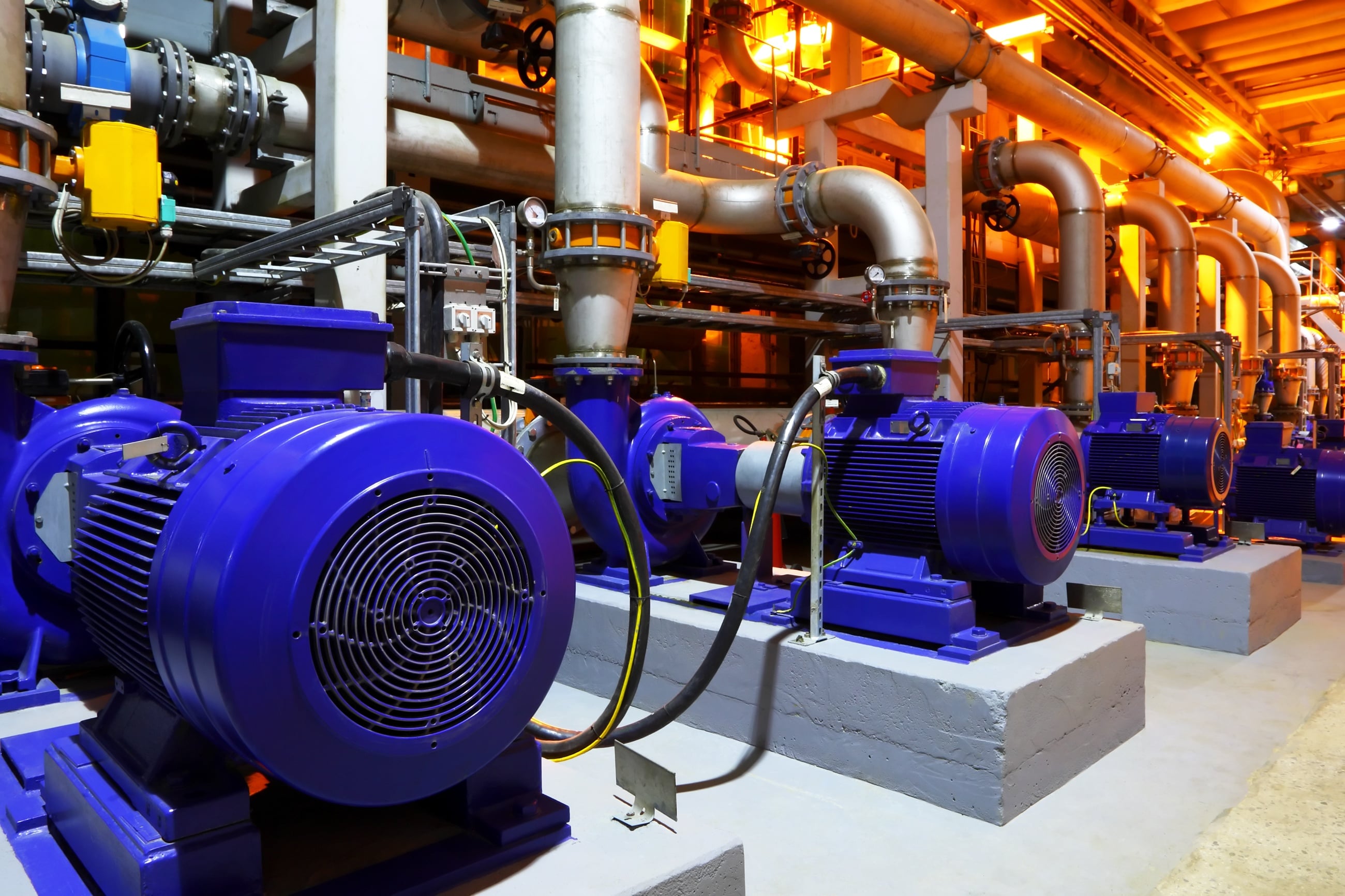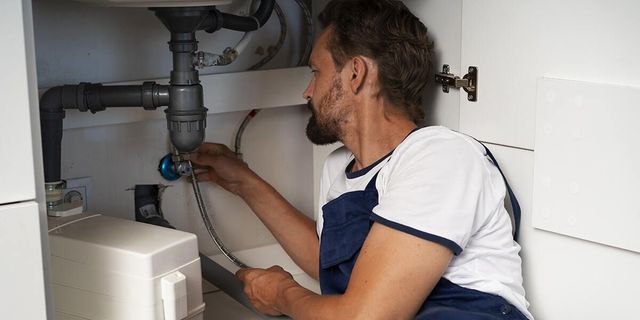Top Approaches for Dealing with Low Water Pressure in Your Home
Top Approaches for Dealing with Low Water Pressure in Your Home
Blog Article
They are making a few good pointers related to 10 Reasons for Low Water Pressure in Your House in general in this great article in the next paragraphs.

Low tide stress in your house can be a frustrating trouble, influencing whatever from showering to cleaning meals. If you're experiencing weak water circulation, there are numerous feasible reasons and solutions to discover. In this guide, we'll discuss typical reasons for low water stress and useful actions to deal with the issue effectively.
Intro to Low Tide Pressure
Low tide pressure happens when the circulation of water from your taps, showers, and various other fixtures is weak than typical. This can make day-to-day jobs extra difficult and much less reliable. Understanding the reasons for low water stress is critical to discovering the appropriate service.
Typical Causes of Low Water Stress
Faulty Stress Regulators
Pressure regulators are accountable for keeping constant water pressure in your home. If they malfunction, it can result in low tide pressure or irregular flow throughout your house.
Municipal Water Supply Issues
Sometimes, the trouble lies outside your home. Metropolitan water supply concerns, such as main line leaks or upkeep job, can briefly reduce water pressure in your area.
Pipe Obstructions
With time, pipelines can become clogged with mineral deposits, sediment, or debris, restricting the flow of water. This is an usual issue in older homes with galvanized steel pipes.
Rust
Deterioration within pipes can result in leaks and decreased water stress. Corrosion accumulation can tighten water flow, particularly in maturing plumbing systems.
Exactly How to Diagnose Low Water Stress
Evaluating Pipes
Check visible pipelines for signs of leakages, corrosion, or blockages. Take note of any kind of uncommon sounds, such as banging or rattling pipes, which might show problems within the plumbing system.
Consulting with a Plumber
If you're incapable to pinpoint the source of low tide stress, take into consideration employing a specialist plumber to carry out a detailed evaluation. They can identify underlying issues and recommend proper remedies.
Examining Faucets and Components
Beginning by evaluating the water stress at different faucets and fixtures throughout your home. If the issue is isolated to particular areas, it might show local problems.
DIY Solutions to Repair Low Tide Pressure
Flushing Hot Water Heater
Sediment accumulation in the hot water heater can restrict circulation and minimize effectiveness. Flushing the storage tank occasionally assists eliminate sediment and keep ideal performance.
Examining Pressure Regulatory Authority
Make certain that the stress regulator is working correctly. Readjusting or changing the regulator can aid bring back correct water pressure throughout your home.
Cleaning Up Aerators and Showerheads
Natural resources can collect in aerators and showerheads, decreasing water circulation. Eliminate and clean up these parts frequently to enhance water pressure.
Clearing Clogs in Pipes
For minor obstructions, attempt utilizing a plumbing serpent or chemical drainpipe cleaner to clear blockages in pipelines. Beware when utilizing chemicals and follow security guidelines.
When to Call a Professional Plumber
If DIY initiatives fall short to deal with the concern or if you suspect considerable plumbing troubles, it's ideal to look for aid from an accredited plumber. They have the knowledge and devices to attend to intricate issues safely and successfully.
Preventive Measures to Maintain Water Pressure
Setting Up a Pressure Booster
Consider installing a stress booster pump to improve water pressure in locations with continually low circulation. This can be specifically advantageous for multi-story homes or properties with high-demand fixtures.
Surveillance Water Use
Be mindful of water usage practices and stay clear of overtaxing the plumbing system. Easy adjustments, such as shocking showers and laundry tons, can aid maintain appropriate water pressure.
Normal Upkeep
Schedule routine maintenance for your plumbing system to avoid problems such as deterioration, leakages, and obstructions. Attending to small issues early can assist avoid even more considerable repair work later on.
Conclusion
Handling low water pressure can be frustrating, however identifying the underlying causes and executing proper solutions can recover ideal circulation throughout your home. Whether it's cleaning aerators, examining pipelines, or talking to a plumber, taking proactive actions can ensure a consistent supply of water for your daily needs.
FOUR WAYS TO FIX LOW WATER PRESSURE NOW
Turning on a shower or faucet only to find the water comes out in a sad, slow drizzle is never a good feeling. How exactly are you supposed to wash a pan or take a quick shower when it takes 10 minutes just to rinse off a little soap? The good news is that when your water pressure is bad, there's always a cause: typically one that can be easily fixed. Here are some of the most common causes of low pressure and what you can do to fix the issue:
DEBRIS AND MINERAL DEPOSIT BUILDUPS
If you notice low water pressure from just one or two of the fixtures in your house, the problem likely has to do with debris buildup. Water is full of minerals and other debris, all of which can accumulate in your pipes and on your fixtures. This can cause a blockage that affects how much water flows through. To fix this, try filling a small plastic bag with white vinegar, and use a rubber band to hang it around your showerhead or faucet. Let the head of the fixture soak for a few hours, and the vinegar should loosen the deposits.
WATER LEAKS
Leaks are another common cause of low water pressure. If water is flowing out of your plumbing through a hole or crack before it can reach your fixture, the pressure coming out of the faucet or showerhead will be lower. A plumbing professional is your best bet for finding and repairing a leak in your water supply pipes.
Leaks are another common cause of low water pressure. If water is flowing out of your plumbing through a hole or crack before it can reach your fixture, the pressure coming out of the faucet or showerhead will be lower. A plumbing professional is your best bet for finding and repairing a leak in your water supply pipes.
A VALVE ISSUE
If you have low water pressure throughout your home, check your main shut-off valve to make sure it's completely open. You may also want to see if there's a pressure-reducing valve installed. If there is, have a plumber help you adjust the settings to get the pressure you're looking for.
OTHERS USING WATER
Believe it or not, your low water pressure could be caused by your neighbors. If you notice low pressure at certain times of day, it may be because you and the people living next to you have similar schedules - when everyone is showering at the same time, the pressure will be lower in every home. Low pressure throughout the neighborhood may also be caused by an issue with your municipal water supply. If that's the case, call the supplier to see if they're working on the issue.
https://www.rotorooter.com/blog/water-leaking/low-water-pressure-fixes/

Do you appreciate more info about Low Water Pressure in the House?? Leave feedback down the page. We would be happy to know your thinking about this review. We hope that you come back again in the near future. Those who liked our blog posting plz consider to pass it around. We appreciate your readership.
Call Today Report this page